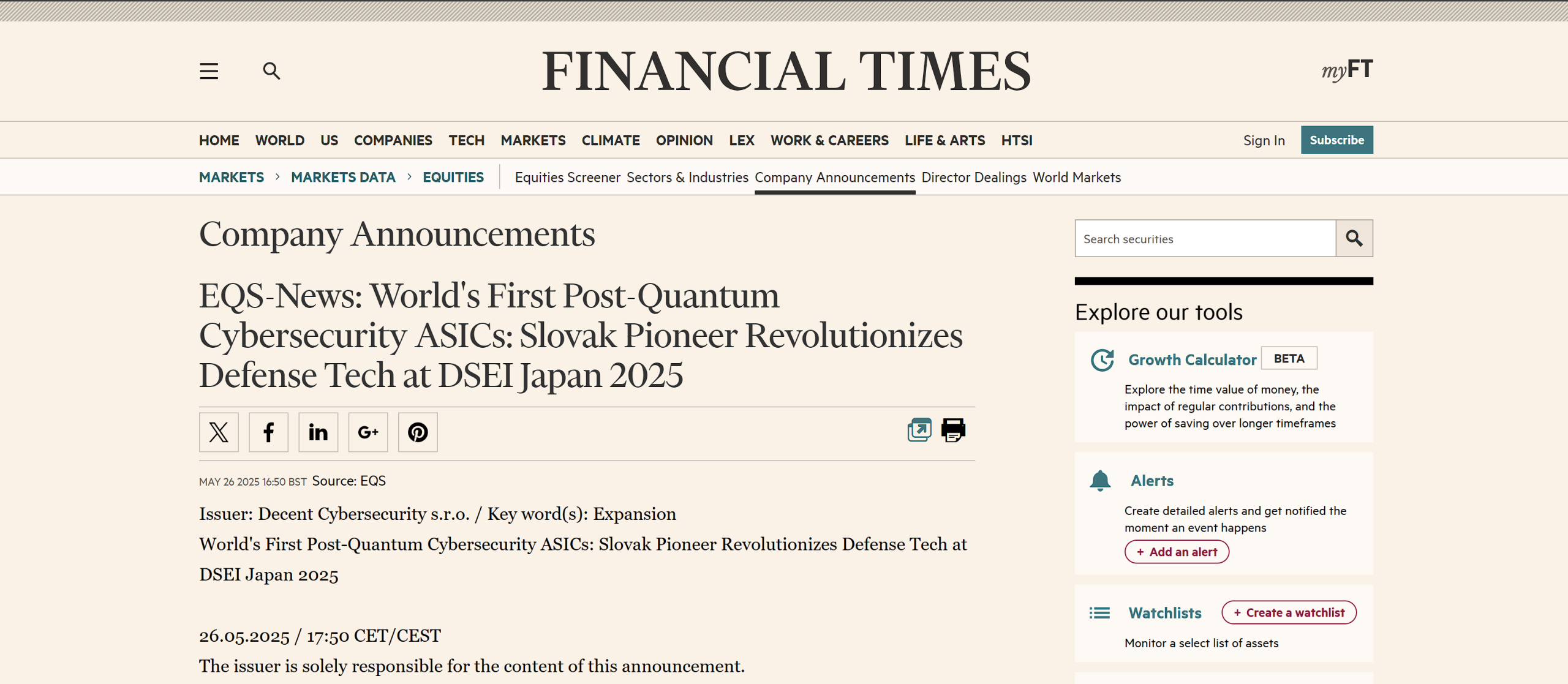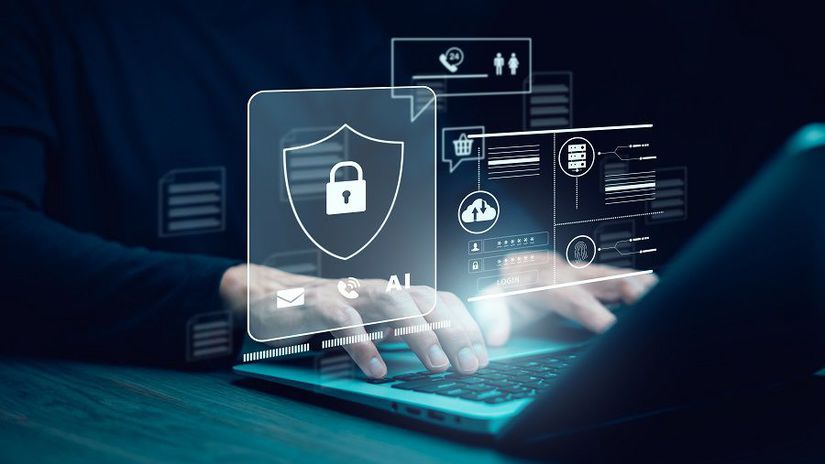The convergence of blockchain technology with the burgeoning field of post-quantum cybersecurity (PQC) represents a pivotal evolution in digital security frameworks. Blockchain, with its decentralized nature and robust security features, has already transformed numerous industries by enabling secure, transparent transactions. However, the advent of quantum computing poses new challenges and opportunities for blockchain technologies. This article delves into how blockchain is preparing to withstand quantum threats and the role it will play in the era of post-quantum cybersecurity.
Quantum Computing: A Threat to Blockchain Security
Blockchain technology primarily relies on cryptographic techniques such as hash functions and public-key cryptography to secure data transactions and maintain privacy. The security of these cryptographic methods is predicated on the computational difficulty of certain mathematical problems, which are currently infeasible for classical computers to solve efficiently. However, quantum computers have the potential to break these cryptographic barriers with algorithms like Shor’s algorithm, which can efficiently factor large numbers and compute discrete logarithms—the foundation of most current cryptographic protocols.
Integrating Post-Quantum Cryptography into Blockchain
To counteract these quantum threats, the blockchain community is exploring the integration of PQC mechanisms. These advanced cryptographic systems are designed to operate securely both on today’s classical computers and against future quantum computers. Here’s how the integration of PQC could reshape blockchain technology:
1. Quantum-Resistant Blockchains:
Emerging blockchain platforms are beginning to incorporate PQC algorithms to enhance their quantum resistance. This shift involves replacing existing cryptographic functions with those that are believed to be secure against quantum attacks, such as lattice-based, hash-based, and multivariate polynomial cryptographic systems.
2. Securing Cryptocurrency Transactions:
Cryptocurrencies, which rely heavily on public-key cryptography for wallet security and transaction signatures, are particularly vulnerable to quantum attacks. Implementing PQC algorithms ensures the long-term security of cryptocurrencies by safeguarding against potential quantum decryption capabilities.
3. Enhanced Smart Contracts:
Smart contracts, self-executing contracts with the terms of the agreement directly written into lines of code, also require quantum-resistant features. As contracts often involve sensitive data and large transactions, protecting them with PQC can prevent future quantum attacks from exploiting or altering the contract terms.
4. Immutable Data Storage:
Blockchain’s capability for tamper-proof data storage can be enhanced with PQC, securing data from quantum attacks while maintaining integrity and transparency. This is crucial for industries like healthcare, legal, and finance, where data immutability is paramount.
5. Regulatory and Compliance Implications:
As blockchain technologies evolve to incorporate PQC, regulatory frameworks must also adapt. This includes updating standards for data protection, blockchain transactions, and digital communications to include quantum-resistant methods, ensuring that blockchain remains compliant with global security regulations.
6. Performance and Scalability Challenges:
While integrating PQC into blockchain provides significant security benefits, it also presents challenges in terms of performance and scalability. PQC algorithms often require larger cryptographic keys and more complex computations, which could impact the efficiency and speed of blockchain networks.
Conclusion
The integration of post-quantum cryptography into blockchain technology marks a critical step towards securing digital transactions against the impending quantum future. While this transition poses significant challenges, particularly in terms of computational overhead and system performance, it is essential for future-proofing blockchain technologies. As we edge closer to the quantum era, the blockchain community must proactively address these challenges, ensuring that blockchain continues to provide a secure and resilient platform for digital transactions. Collaboration between blockchain developers, cybersecurity experts, and regulatory bodies will be key to navigating this complex landscape and leveraging blockchain’s full potential in the post-quantum world.





